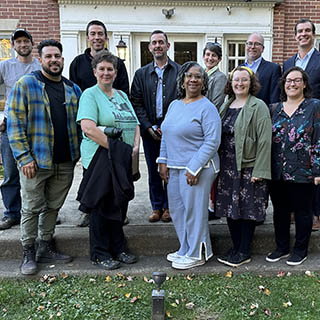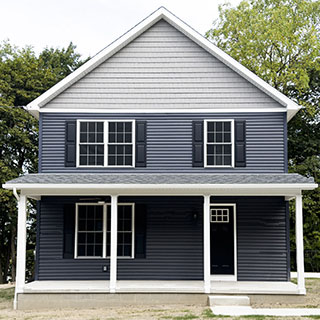The songs on Anthony LaMarca’s new album, “Aspiration,” are both a remembrance of his late father and an exploration of the relationship they shared. The Boardman rocker wrote the 10 songs in the aftermath of his father’s death in 2022. “My father died somewhat suddenly,” LaMarca said. “[The songs are] about me processing that grief and trying to deal with how I was feeling about his life.”
LaMarca, who is also a guitarist for the Grammy Award-winning rock band The War on Drugs, releases his solo albums under the moniker The Building. He said his father has silently been an influence on every record he has made. “In some way, they’re all records about my relationship with him,” he said. While his father was never a serious musician, he was “a great music appreciator,” LaMarca said.
The cover of Anthony LaMarca’s new album, “Aspiration,” shows a photo of the artist’s late father at his first Holy Communion. “He gave me a stack of records of his favorite bands when I was a kid,” LaMarca recalled. “He loved everything from Grand Funk Railroad to jazz. He had a wide musical taste, which influenced me. He was always a main influence on me.”
LaMarca’s songwriting skills are on display on the release. While his melodies are understated and gently paced, one can hear the grandiosity in them. The subject matter actually goes beyond the father-son relationship. It expands into LaMarca’s memories and grows outward from there.
One song, “Father Madden,” is about a Roman Catholic monk who lived in Youngstown’s Idora neighborhood when LaMarca was in high school. Madden, a devout man of God, was dismissed by the Carmelite Order for disobedience but continued his ministry, holding services in his backyard and earning a national reputation in the process. He was known for delivering powerful sermons, which LaMarca often heard. “I would go to services at his house on Sundays,” he said. “He was a local legend, a uniquely Youngstown thing. He was not part of the church anymore but had his own Catholic church services out of his house.”
Madden died in 2012, and the Youngstown Neighborhood Development Corporation gained control of his house. But through the help of a friend who was involved in the transaction, LaMarca gained possession of the tabernacle at Madden’s house.
To read the full story from The Business Journal, click here.
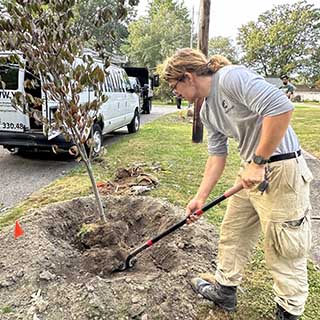 ,
, 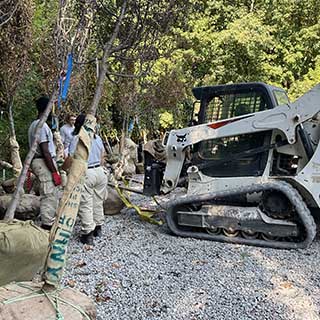 ,
, 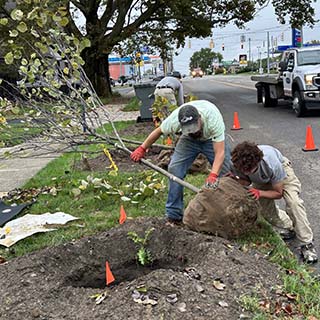 ,
, 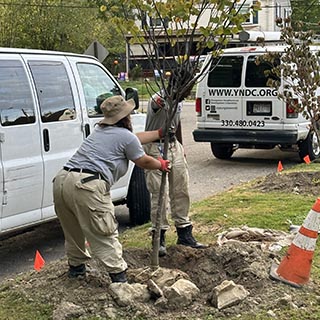 ,
, 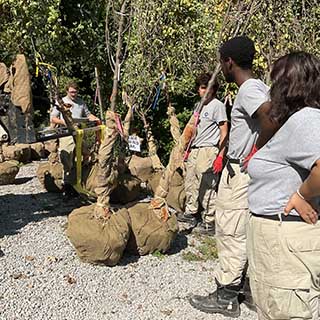 ,
, 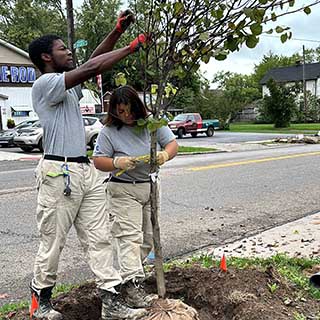 ,
, 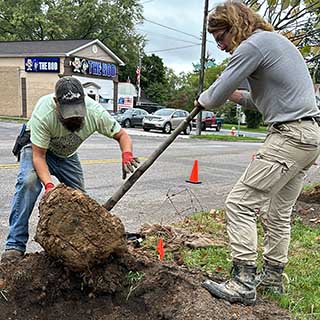 ,
, 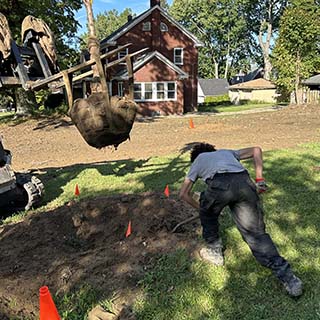
 ,
,  ,
,  ,
,  ,
,  ,
,  ,
,  ,
, 
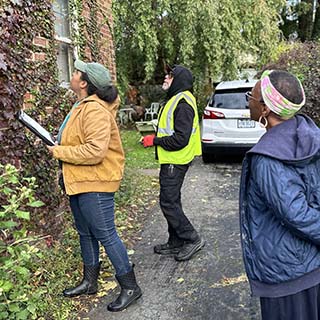 ,
, 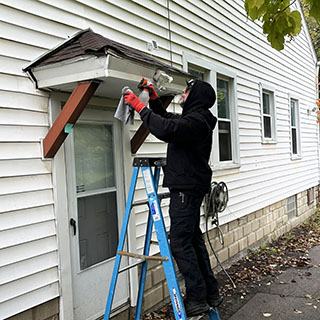 ,
, 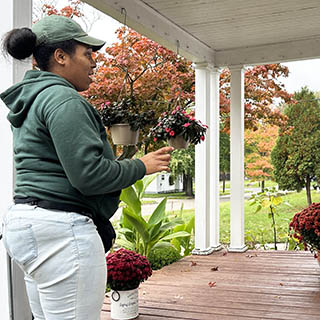 ,
, 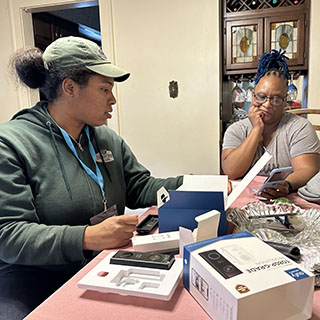 ,
, 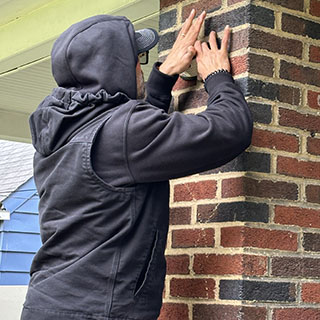 ,
, 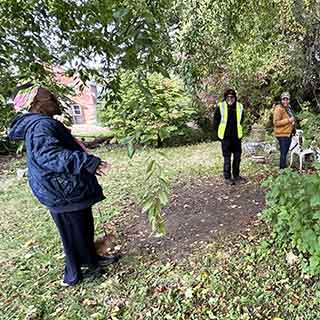 ,
, 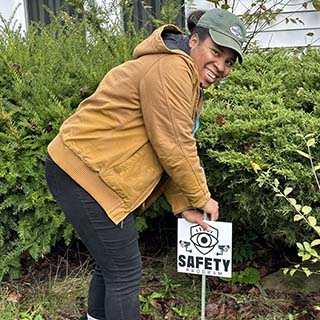 ,
, 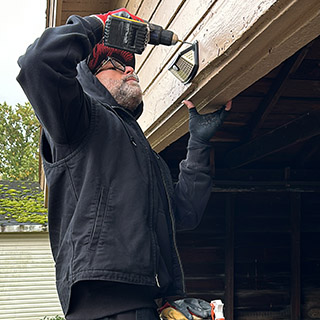 ,
, 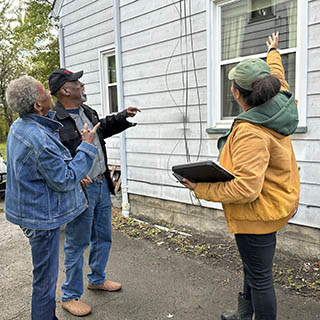
 ,
,  ,
,  ,
,  ,
,  ,
,  ,
,  ,
,  ,
, 
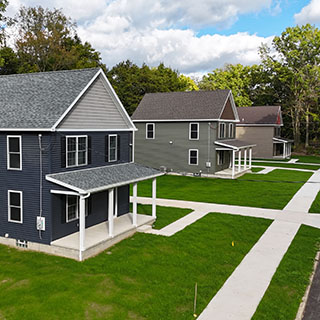 ,
, 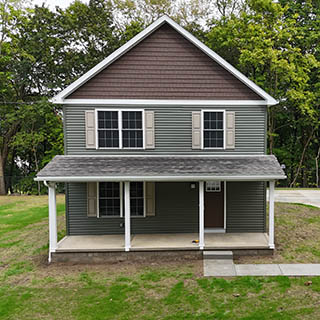 ,
, 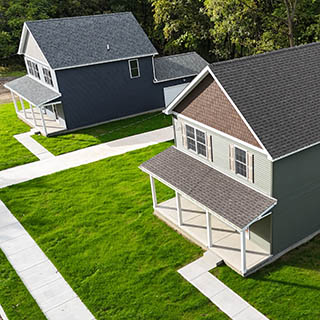
 ,
,  ,
, 
